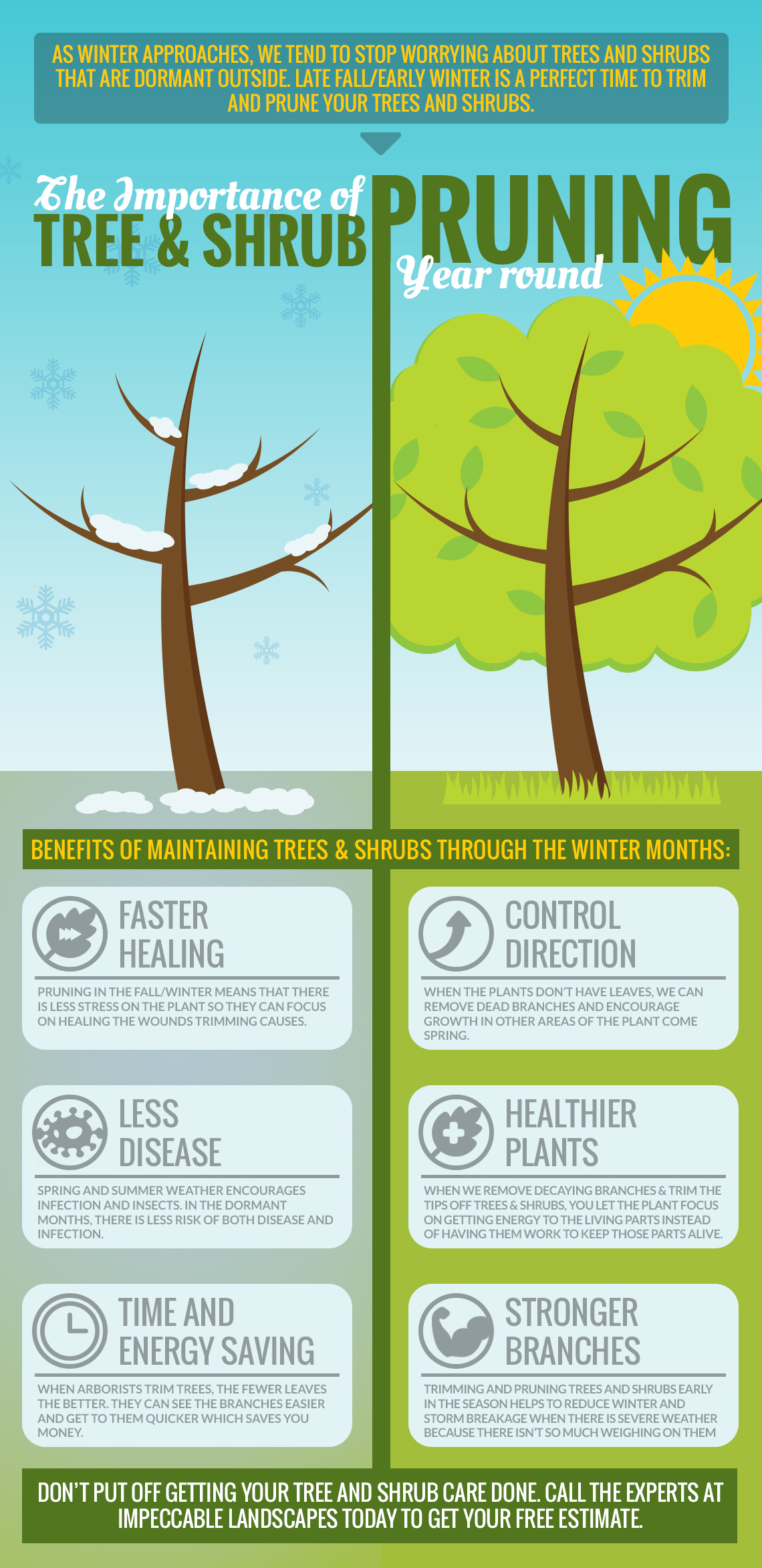Post-Tree Elimination Upkeep Is Crucial For Restoring Your Landscape; Learn Key Actions To Revitalize Your Location And Avoid Potential Troubles
Post-Tree Elimination Upkeep Is Crucial For Restoring Your Landscape; Learn Key Actions To Revitalize Your Location And Avoid Potential Troubles
Blog Article
Authored By-Langley Cochrane
After a tree's removal, your landscape might look fairly various, and it's vital to assess the results thoroughly. You'll intend to evaluate the dirt disturbance and examine bordering plants for any indicators of tension. Ignoring these factors can lead to bigger issues down the line. So, what should you make with those stumps and origins? And how do you choose the very best plants for your rejuvenated area? Let's explore these crucial steps.
Examining the After-effects: Reviewing Your Landscape
After a tree elimination, it's critical to analyze your landscape to comprehend the effect it has on your yard.
Beginning by checking out the location where the tree stood. Look for signs of dirt disturbance, and inspect the surrounding plants for any tension or damages.
Home Advisor Tree Removal need to likewise bear in mind of just how the elimination has altered sunshine exposure and air movement in your garden. This shift can influence the development of close-by plants, so it's essential to evaluate their wellness.
Consider the aesthetic elements also; the removal could create an open space that you can revamp.
Lastly, consider any kind of potential erosion problems that may emerge from the tree's absence. Addressing these elements early will aid bring back balance to your landscape.
Dealing With Stumps and Origins: Options for Removal
When you've evaluated the results of the tree removal, you'll likely need to take on the stump and roots left.
You have a few alternatives for elimination. One reliable technique is stump grinding, where an expert uses an equipment to grind the stump down to underground degree. This technique leaves very little interruption to your landscape.
If you favor a DIY technique, you can make use of a combination of digging and chemical stump eliminators. Simply remember, this process can take some time and initiative.
Alternatively, think about leaving the stump as an all-natural function, which can act as an one-of-a-kind yard element or habitat for wildlife.
Whatever you pick, addressing the stump and roots is necessary for recovering your landscape.
Choosing the Right Plant Kingdoms for Your New Space
As you evaluate your freshly gotten rid of area, choosing the right plants can substantially improve your landscape's elegance and functionality.
Start by considering the sunlight and dirt problems. For sunny locations, go with drought-resistant plants like lavender or succulents. In shaded areas, brushes and hostas thrive well.
Think about the size and growth habits of your plants; mix perennials and annuals for seasonal selection. Do not forget to incorporate indigenous types; they require much less maintenance and support regional wildlife.
Group plants in strange numbers for a much more natural appearance and create layers for visual depth.
Ultimately, guarantee you have a mix of shades and appearances to keep your landscape lively throughout the seasons.
Pleased growing!
Verdict
To conclude, recovering your landscape after tree removal is a satisfying process. By assessing the results, dealing with stumps and origins, and choosing the right plants, you'll produce a successful environment. Do not forget to incorporate use this link to protect your soil. With a little effort and treatment, you can change your space into a vibrant yard that enhances your residential property. Accept the opportunity to revitalize your landscape and appreciate the appeal of nature right in your backyard!
